
A new trans-disciplinary study shows that manmade lead pollution in the air of Europe has been elevated for the past 2000 years. The Initiative for the Science of the Human Past at Harvard (SoHP) and the Climate Change Institute (CCI) at the University of Maine are pleased to announce the publication of this latest landmark article in GeoHealth, a journal of the American Geophysical Union.
The new study takes advantage of the Climate Change Institute's next-generation ultra-high resolution technology to provide the most detailed pollution and climate record in existence. SoHP and CCI Historians, climate scientists and archaeologists combined these new data with highly detailed historical records of climate, economic activity (lead mining and smelting) and human health conditions. The results show that only once in the last 2000 years lead levels in the air dropped to undetectable levels, due to the decline or abandonment of lead mining and smelting due to the onslaught of the Black Death, the most devastating pandemic to ravage Europe in the last millennium, claiming up to 50% of the population.
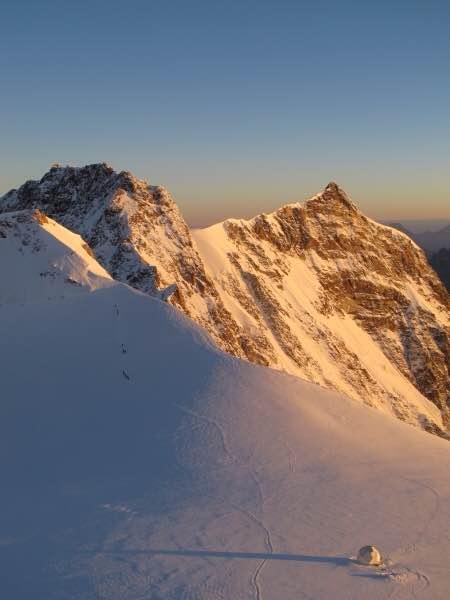 |
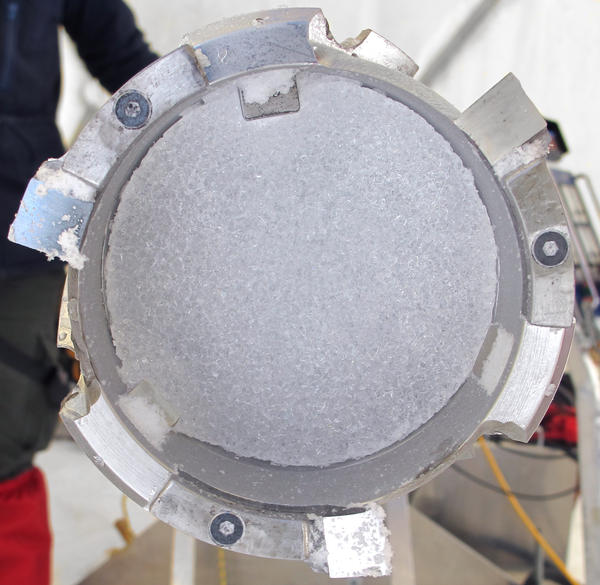
|
Dr. Nicole Spaulding and Dr. Pascal Bohleber (CCI and University of Heidelberg) conducted the analysis of the ice core data, along with Dr. Michael Handley, Ms. Elena Korotkikh, Prof. Andrei Kurbatov and Dr. Sharon Sneed, all of CCI. Radiocarbon analysis was the result of Dr. Helene Hoffmann's doctoral thesis at the University of Heidelberg. The study was the second contribution of the Historical Ice Core Project, conceived by Prof. Paul A. Mayewski (Director of the Climate Change Institute) and Prof. Michael McCormick, chair of the Initiative for the Science of the Human Past. The expertise of Prof. Christopher Loveluck (University of Nottingham) was crucial in identifying all potential sources of lead mining and smelting active in the period covered by the study. Dr. Alexander More (SoHP - Harvard History - CCI), an expert in the history of health and climate change, was first author of the new study.
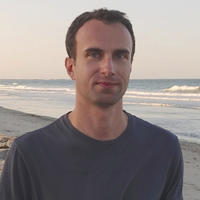
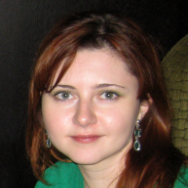
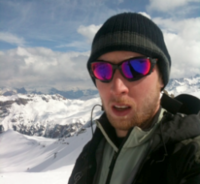
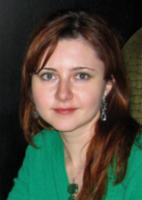





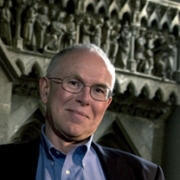
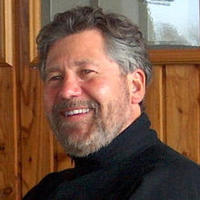
Authors form left to right: Alexander More (Harvard-History-SoHP-CCI), Nicole Spaulding (CCI-SoHP), Pascal Bohleber (CCI-University of Heidelberg-SoHP), Elena Korotkikh (CCI), Andrei Kurbatov (CCI), Michael Handley (CCI), Helene Hoffmann (University of Heidelberg), Christopher Loveluck (University of Nottingham), Sharon Sneed (CCI), Michael McCormick (SoHP-History, Harvard), and Paul A. Mayewski (CCI).
“This research represents the convergence of two very different disciplines, history and ice core glaciology, that together provide the perspective needed to understand how a toxic substance like lead has varied in the atmosphere and, more importantly, to understand that the true natural level is in fact very close to zero,” said Paul Mayewski, a co-author of the new study and director of the Climate Change Institute. “Using the ultra-high resolution ice core sampling offered through our W. M. Keck Laser Ice Facility, we expect to be able to offer new insights, previously unattainable with lower-resolution sampling, into the links between climate change and the course of civilization.”
“When we saw the extent of the decline in lead levels, and only saw it once, during the years of the pandemic, we were intrigued,” said Alexander More. “In different parts of Europe, the Black Death wiped out as much as half of the population. It radically changed society in multiple ways. In terms of the labor force, the mining of lead essentially stopped in major areas of production. You see this reflected in the ice core in a large drop in atmospheric lead levels, and you see it in historical records for an extended period of time.” Regarding the toxicity of lead, More added, “Lead is one of the most dangerous pollutants in the air, and one we’ve mined for a very, very long time,” he said. “It was ubiquitous in the preindustrial world, widely used in construction, pipes, currency, and everyday utensils. This was one of the reasons why we decided to study it, along with its direct connection with economic output.”
“These new data show that human activity has polluted European air almost uninterruptedly for the last [about] 2,000 years,” the study’s authors write. “Only a devastating collapse in population and economic activity caused by pandemic disease reduced atmospheric pollution to what can now more accurately be termed background or natural levels.”
Dr. Philip Landrigan, Dean of Global Health at the Moutn Sinai School of Medicine, in New York City—who has studied the epidemiology of lead poisoning and was instrumental in the implementation of abatement policies—described the study as "meticulously well-done research." One recent estimate, said Landrigan—who did not participate in the new research—holds that some 535,000 American children under age 6 have elevated blood lead levels. He added that the new study reinforces the World Health Organization and the Centers for Disease Control and Prevention’s (CDC) recent statements that no levels of lead can be considered safe.
McCormick added that Harvard undergraduates—such as Matthew Luongo, Brianna Rennix, Valerie Piro, Hannah Feldman, Sonja Eliason, Jack Conlin and Phillip Kadaev—once again played a crucial and amazing role in our community of discovery: their hard work and intellect were essential in creating the geodatabases of historical records of climate events that constitute one of the most unique research contributions of the Historical Ice Core Project.
The study was funded by the Arcadia Fund of London, a charitable fund of Peter Baldwin and Lisbet Rausing, as well as the W. M. Keck Foundation and the National Science Foundation.

|
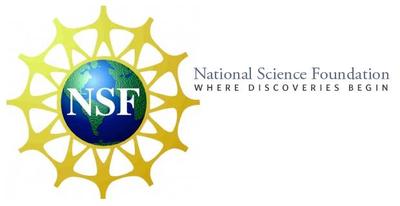
|

|
